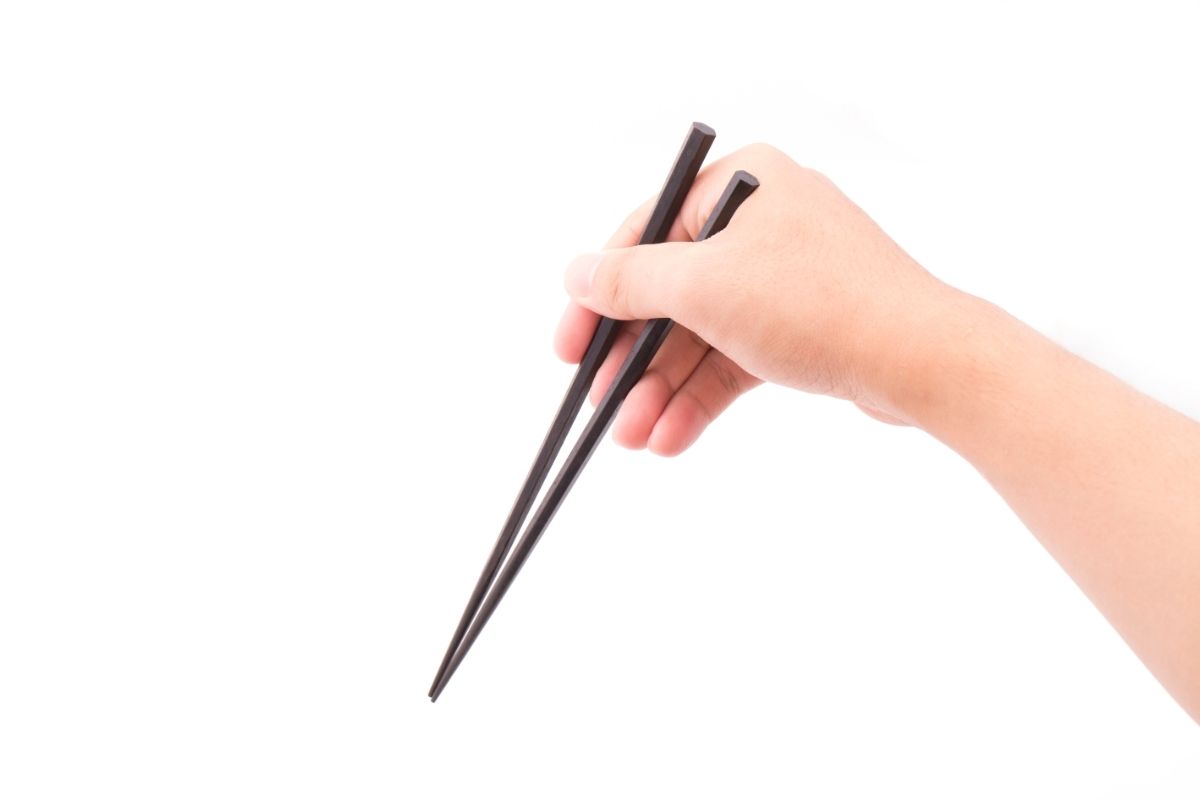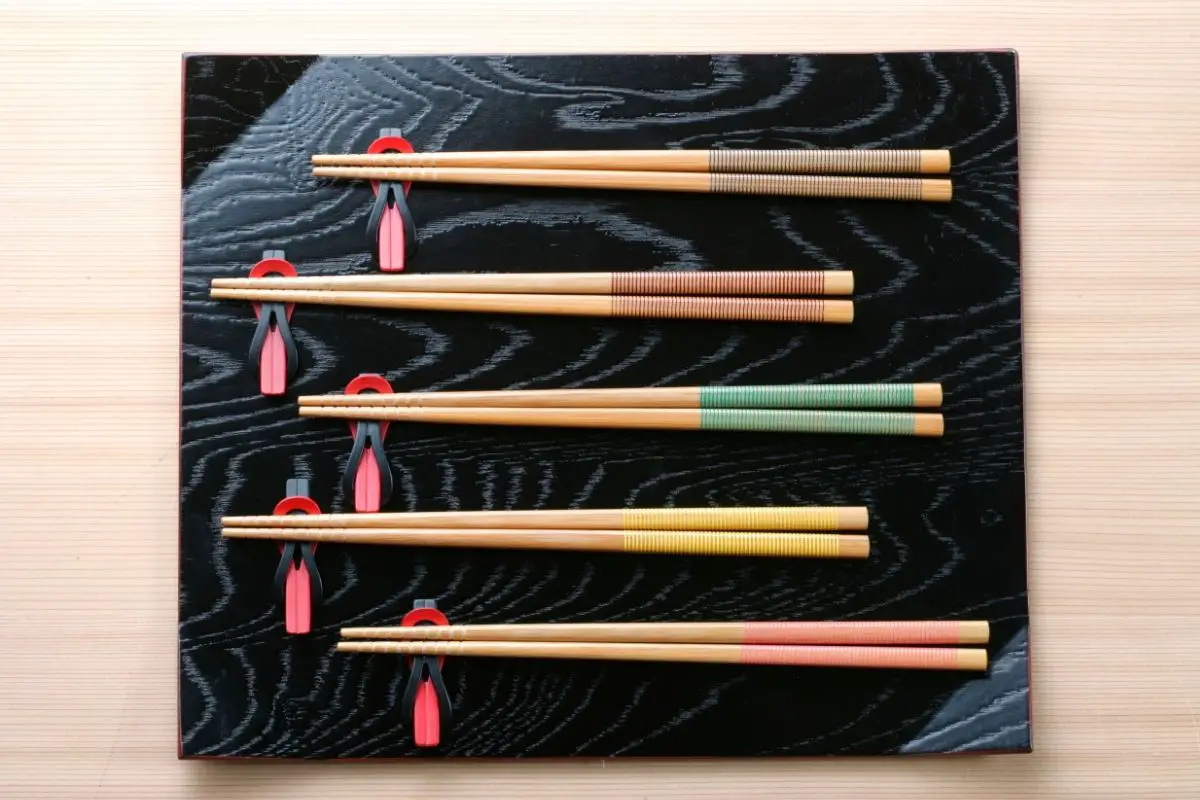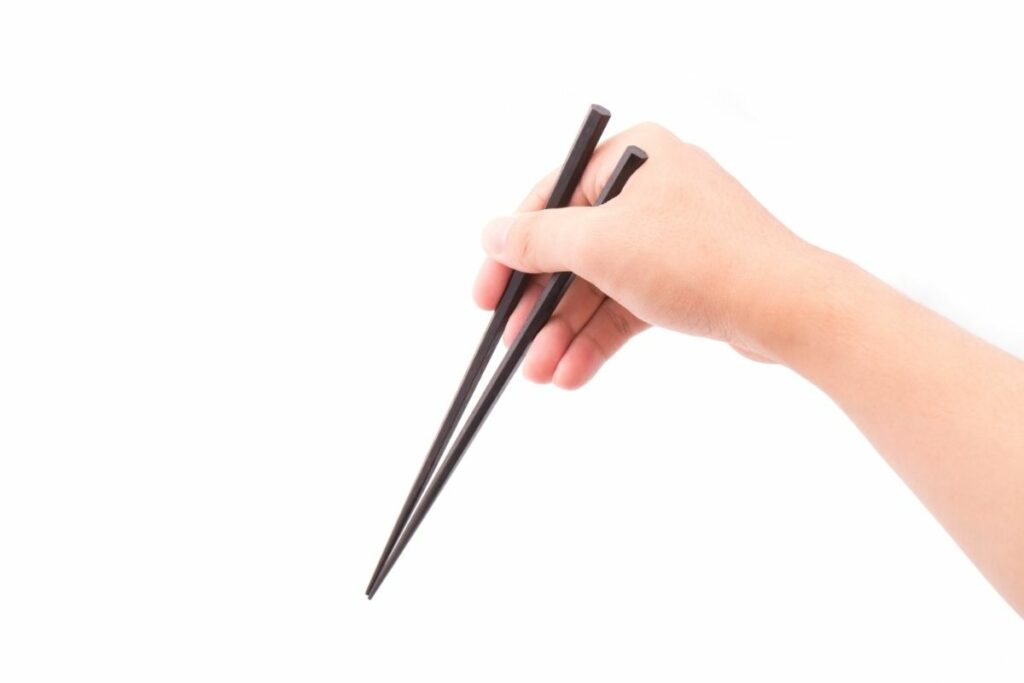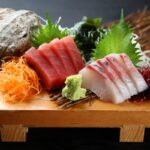Chopsticks are among some of the most well known items for eating your food, but much like other things, we call them by their known name – but never really think about why they’re called what they’re called.
In the below guide, we’re going to explore some history and origins of chopsticks and find out why exactly they got their name, along with some other handy pieces of chopsticks information!

History Of Chopsticks
The likely reason behind the English word for chopsticks is that it derived from Chinese Pidgin English. The phrase chop chop was to mean do something quickly which we still use today.
The chopsticks (see also, ‘How to Use Chopsticks for Ramen‘) were known as food sticks and this is how it translated into the now known word chopsticks.
We first saw the word chopsticks used in the 17th century by a man called William Dampier in the book Voyages, but chopsticks were used hundreds of years before this.
In fact, around 400 AD, the Chinese began using chopsticks to eat their food in an effort to cut costs.
Before this, chopsticks were used in cooking but not as a utensil to eat with. Before chopsticks moved around different countries in Asia, the Chinese used to make them from bamboo and were more used as an item to pick up dropped food in pots.
At least to some degree, the person credited with the spread of the use of chopsticks around Asia was Confucious. He believed that the use of knives evoked the memory of violence and killing which he was keen to eradicate.
Additionally, he believed the knives were a reminder of slaughterhouses or the violence and cruelty to attain food in the first place. This, paired with the fact that food started getting smaller and more bite-sized made the knife less and less used.
Chopsticks changed slightly when wealthy Japanese people used, normally wooden chopsticks but made them from ivory or ebony. They slightly had a symbolic meaning and a status indicator.
However, unlike Western culture with silver utensils – the Japanese believed that silver could erode in food and lead to food poisoning.
Interestingly, as Asian cuisine uses a lot of rice – Western cultures might not understand how chopsticks can be used effectively.
But, Asian rice is quite sticky and differs vastly from how we look upon rice. Eating rice with chopsticks is actually quite simple with traditional Asian dishes.
Another point that is noteworthy is that the Korean word for chopsticks is an amalgamation of their word for spoon and chopsticks and becomes sujeo.
In many Asian cultures, it is considered offensive to point using chopsticks, particularly when eating. It holds similar connotations to old British manners of not pointing whilst eating.
In addition, a person’s ability to use chopsticks is a reflection of the person’s parenting and teaching.
Use Of Chopsticks

Different countries have different types of uses for chopsticks along with different etiquette rules. For example, eating in one country with chopsticks will have the person bring the bowl close to their mouth – where in others, this is seen symbolically as begging.
In Japan, chopsticks should never be crossed as this symbolizes death. Instead, chopsticks should be left in the chopstick rest with the tips to the left.
However, in more modern times – it is typical to find disposable chopsticks instead of chopsticks that are washed and reused.
In China, chopsticks should never be used to make noise on the bowl as this has connotations to beggars who ask for food in the streets. It’s also completely fine to move food from your bowl to a family member’s bowl using your chopsticks, but never for anyone else.
It is also considered bad manners to search through your food with chopsticks in China. It is referred to as grave digging!
Japan produces as much as 24 billion pairs of chopsticks annually, whereas China produces nearly double this. Interestingly, Japan orders most of their chopsticks from China.
Due to Western cultural influences, many Asian countries also use forks and spoons along with chopsticks, depending on the type of meal they are consuming. Most notably, places like Thailand and Cambodia.
What’s The Deal With Forks?
Although you can get forks and knives in Asian countries and Asian restaurants in other nations, it’s not as traditional as chopsticks.
Forks were likely an Ancient Greek or Ancient Roman invention, but it is not clear exactly who invented the fork. Due to how easy they are to develop and create, along with their helpful properties – forks became very popular as an eating tool.
Nations that consumed a lot of shellfish and fish would have benefited the most by the introduction of the fork, so it is perhaps unsurprising that island nations have adopted the fork as a totally natural utensil.
How Do You Use Chopsticks Properly?
It is a very difficult thing to master, but as we have explored, proper use of the chopsticks is not only essential for eating your food in some places – but can also be an indication of your family and home life.
Therefore, it is important that you know the way to properly and effectively use chopsticks.
You should use your ring finger as a way to keep the chopstick balanced in your palm – they should be held firmly and stably. The other chopstick will be held similarly to how you hold a pen.
Correct lining up of the chopsticks is something that you will learn and develop over time.
If you are eating at a table, you can utilize the table to move your chopsticks around if they are not lined up correctly. Over time though, you should try to avoid this as it might be frowned upon as poor etiquette.
Summary
The history of chopsticks is very interesting and understanding how they got their name can help to inform us of Asian history and cultural impacts.









